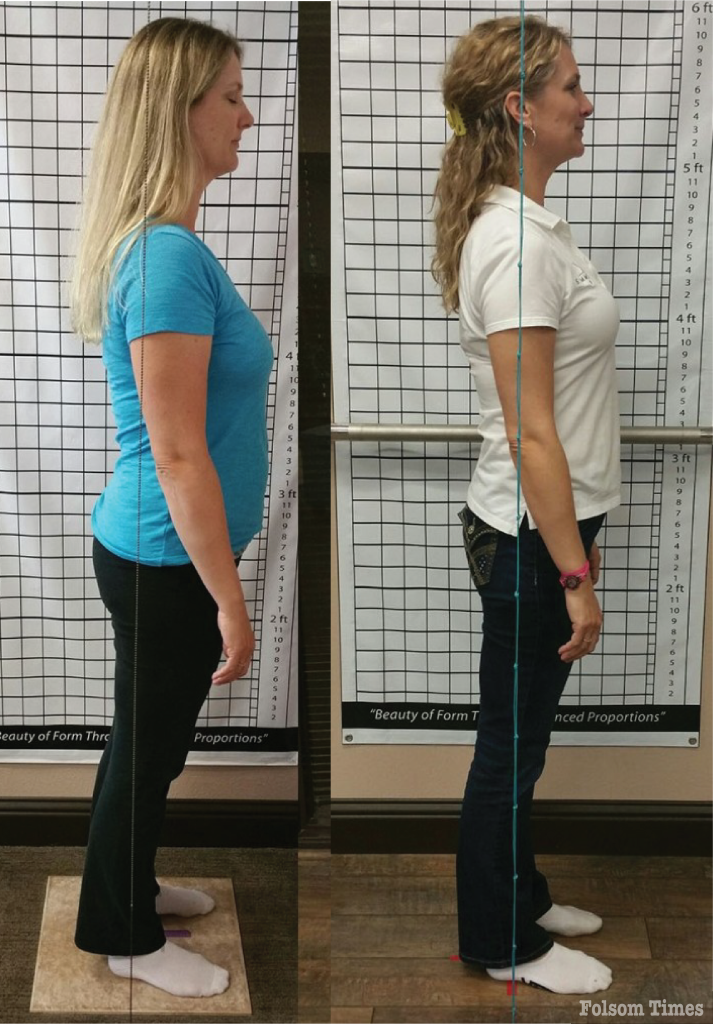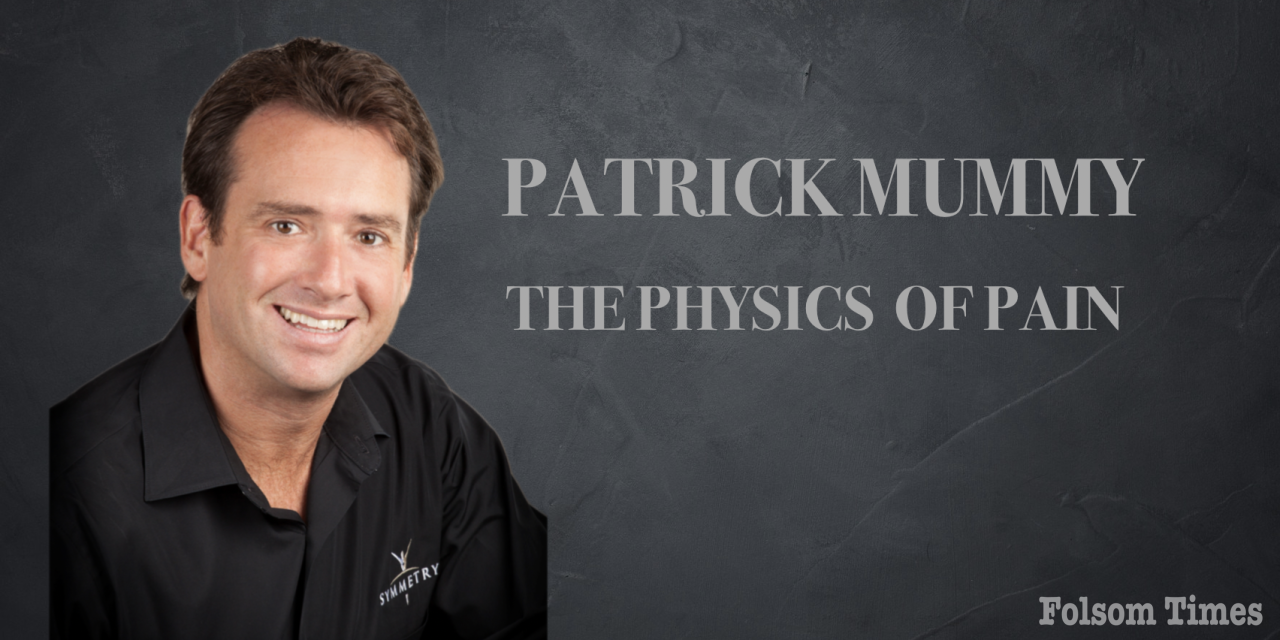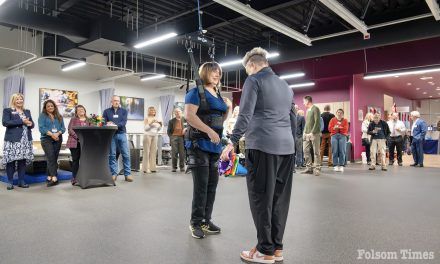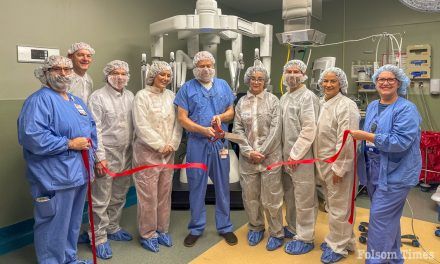What is structural alignment and why is it important when it comes to your health? Patrick Mummy here, the founder of Folsom’s Symmetry for Health and I’m excited to answer those commonly asked questions here today.
Structural alignment is important because we live on the planet earth, which is subject to the constant downward force of gravity, as I have discussed in previous articles.
In order to balance erect on two limbs on earth’s surface we must: A) Counter the downward forces and B) Do so in the most efficient manner possible. The primary focus of our existence should not be battling gravity. Yet without realizing it, this is what the majority of us are spending our energy on. Here are a few reasons why it is important to have good posture.
The erect posture is an end result of a very dynamic process of checks and balances. It is what is achieved when the various systems of the body including the skeletal, muscular, and nervous systems, are in balance with each other and the external environment. However, this is not a static state. Therefore, our ability to stand erect is a continual process of adaptation to both internal and external stimuli.
Structural alignment is defined as skeletal correctness in the human body. It is essentially what is achieved when the skeletal frame is positioned perpendicular to the earth’s surface and the force of gravity.
This right angle (ninety degree) relationship between our body and the environment forms the criterion for both anatomical and physiological correctness, as well as psychological and emotional well-being. When this right-angle fundamental is achieved the skeletal system as a whole operates at its highest level, achieving the most amount of work with the least amount of effort.
Physiological correctness is when the organ systems of the body operate effectively and efficiently. In other words, the organs are spaced sufficiently apart to: A) receive adequate nutrition (water, oxygen, minerals and vitamins) from the circulatory system and B) expand and contract maximally. This can only be achieved if the body is in a state of anatomical correctness.
The inter-relatedness of physiological and anatomical correctness can be readily observed in the following example: The effect of posture on the heart. One of the axial skeleton’s purposes is to house and protect our organ system. Every organ is packed into this bony casing like a jigsaw puzzle, with every piece fitting perfectly against the next. There is no room for anything else.
Organ walls consist of a labyrinth of veins and arteries that carry nourishment to, and waste away from their cells. Any skeletal misalignment leads to compensation. Compensation, in this context, means that the space that these organs fit into is changing. Should the change be one of decreased space (as in the prevalent rounded shoulder posture/kyphosis) the result will be organ crowding. Organ crowding inhibits the ability of the lungs to expand fully and take in enough oxygen. It cannot, therefore, provide adequate oxygen to the rest of the organ systems, which include the heart.
If the heart is undernourished, it will be weak and unable to pump enough blood to the brain and the body. Without adequate oxygen and nutrients carried in the blood the various organ systems will soon become undernourished and weak, and their tissue will begin to atrophy and die. CVD results from a combination of factors, but all are aspects of organ crowding and inability to perform their intended job description.
In summary, when the bones are not perpendicular to the earth’s surface and the line of gravity, an optimal internal environment, where the organ systems of the body can operate 100% effectively and efficiently, cannot be maintained. Nor can the skeleton carry the majority of the body’s weight with minimal muscular tension. What this means is that our body will hold excess tension in and around its load bearing joints, leaving the organ systems weak and undernourished. These compromised physical states severely inhibit our ability to live our lives completely; the fundamental inhibiting factor being fatigue and subsequent weakness, and pain.
Today, a 60-hour workweek is commonplace, as is driving a car, traveling, going to the movies, and working out. Stop and think for a minute how you would feel if you could not sit for more than 20 minutes without experiencing excruciating pain. How would this impact your life and how would you feel about yourself and your life? Symmetry sees many clients who have not been to the movies, or traveled, or had sex in years.
These clients report feeling out of control, frustrated and depressed; in addition, their bodies hold these feelings and manifest them physically. The postural evaluations I perform as part of Symmetry allow me to observe the emotional stance of the person. It is an opportunity to visually and auditorily assess the messages coming from my client. As we now reflect on our current situation, slowly entering back into the workplace, ask yourself if you are bringing the best “you” back to the office.
Roger Sperry won the Nobel Prize for physiology of medicine for his discoveries concerning the functional specialization of the cerebral hemispheres. The summary of his work is described in this quote; “Better than 90% of the brain’s output is directed toward maintaining your body in its gravitational field. Therefore, the less one spends on one’s posture, the more energy is available for healing, digestion and thinking.”
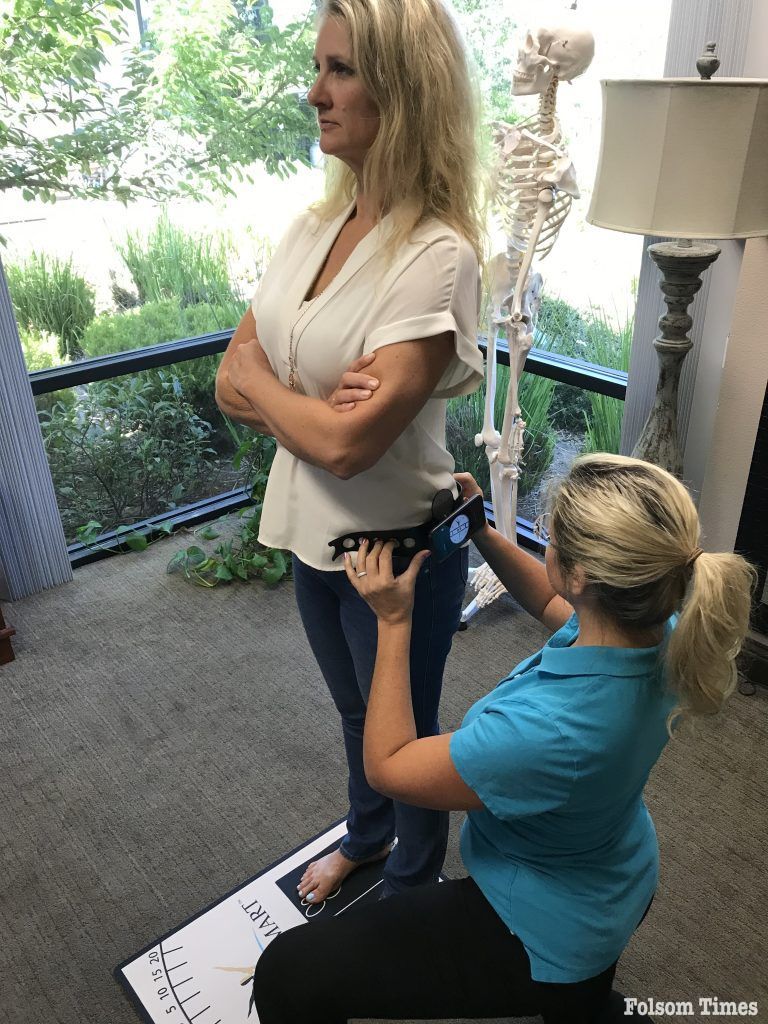
About Symmetry for Health
Whenever Symmetry gets a client into their office, they ask them if anyone has ever explained their pain as it relates to gravity. The answer inevitably is ‘no’. This is because western medicine tends to move pain to the forefront of the perceived problem and therefore the majority of the conversation is focused on the pain itself. For example, many of Symmetry’s clients are very excited to show them their X-rays or MRI reports. They assume the Symmetry staff will also want to talk about these reports because that is what most clients are used to talking about when dealing with their pain. To Symmetry, pain is simply the by-product of systemic breakdown due to years of dysfunction and not a complete reason in and of itself.
Mummy, the owner and founder of Symmetry, created his company in 1997 in San Diego to complete the tie between reactive medicine and preventative medicine. In 2007 Patrick received a patent on his quantitative approach to the human frame and the treatment of the human frame, called AlignSmart. Ironically, this was the same year he moved back up to northern California with his two daughters, and eventually ended up in Folsom, where he has spent the last 10 years refining his system.
Newton’s third law states that “For every action there is an equal and opposite reaction”. This law is the basis from which Symmetry was created and it remains the most important aspect because gravity is constant and dependable. Just as an architect designs a building, or an engineer, a car, the number one issue they focus on is gravity and the forces that apply to the structures surrounding it, whether static or dynamic. When the human frame does not apply a balanced reaction up against the force of gravity in a constant and equal way, then ANY structure will be forced to adjust. This is the definition of compensation and the reason why one ultimately obtains chronic pain.
When a client comes into Symmetry, they don’t look at them in terms of pain but rather as a delicate system of levers and pulleys. Symmetry measures your posture and compares that to the blueprint your body is supposed to reflect.
If it doesn’t, which most don’t, then Symmetry’s AlignSmart software technology creates a suggested sequence of corrective stretches that they teach to you so that you can fix yourself. “If you cannot take your practitioner home with you every day, then whatever pain-relief treatment you have sought will more then likely be temporary”, says Patrick Mummy. “And at the end of the day, this creates reliance because pain relief is the focus, and not the education and support one needs to make a long-lasting change.”
Learn more about Symmetry for Health and how they can help you by visiting their website atwww.symmetryforhealth.comor calling them to set up a consultation at 916-467-7764. They are located at 1845 Iron Point Road in Folsom.
